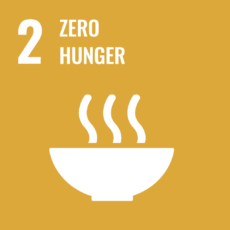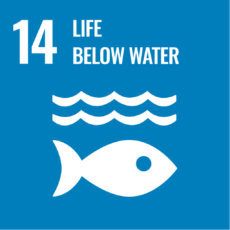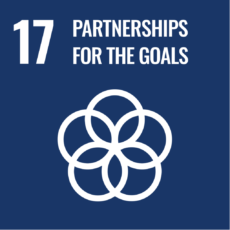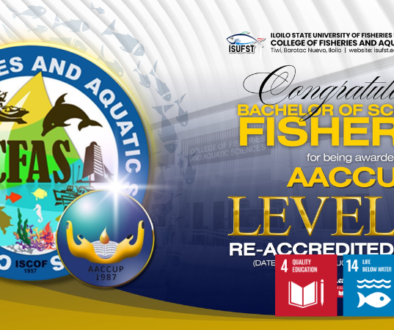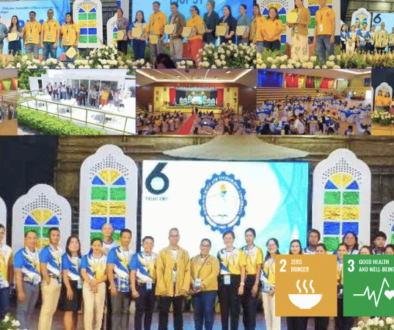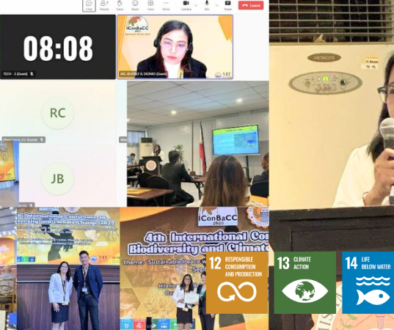
In Iloilo’s fishing town of Ajuy, Barnea dilatata—a lesser-known shellfish—now holds promise for livelihoods and conservation. Faculty researcher Prof. Cjay B. Soliven of ISUFST presented his study on sustaining this species through an ecosystem approach during the DOST-PCAARRD Training on Essential Ecosystem Approach to Fisheries Management (EAFM) and Training of Trainers (TOT) last Thursday, August 28, 2025 at Park inn by Radisson, Iloilo City.
The training, which runs from August 25 to September 5 in Iloilo City, gathered fisheries professionals nationwide. Its goal: to equip them with tools to apply EAFM as a framework that keeps the seas healthy while ensuring that coastal communities continue to thrive. It also sought to build a pool of trainers who can cascade EAFM practices to coastal communities and fisheries stakeholders nationwide.

Dr. Soliven, who teaches at ISUFST’s College of Fisheries and Aquatic Sciences (CFAS), shared his research titled “The Path Forward: Establishing an Ecosystem Approach for Sustainable Barnea dilatata Fisheries in Ajuy, Iloilo, Philippines.” The presentation builds on an earlier study, “Unveiling a New ‘Diwal’ Resource: Exploring the Fishery Potential of Barnea dilatata (Souleyet, 1843) in Iloilo, Philippines,” led by Mary Mar N. Payne with fellow researchers Jescel B. Bito-onon, Edgar M. Hortillosa, Jason O. Albances, Soliven himself, Rico Ian D. To-ong, Grieco C. Gutierrez, and Vanica P. Boglosa. Together, the ISUFST team continues to pursue initiatives that highlight the species’ ecological role and economic potential, while promoting sustainable management and conservation.
“Our research aims to provide a starting point: knowing how Barnea dilatata lives, how it supports the ecosystem, and what it can mean for local economies, so we can recommend responsible fishing and management,” Soliven explained. He noted that their work documented the species’ distribution, harvesting practices, and marketing channels in northern Iloilo, providing critical insights for policymakers and local fishers.
During his lecture, resource person Dr. Soliven underscored the urgency of the situation. “Yes, the challenges are big, but so is our capacity to act. The decline of our seas is not a problem for the future—it is our present reality.” The establishment of an Ecosystem Approach for Fisheries Management is the single most important step we can take to ensure the survival and prosperity of the Barnea dilatata fishery and the vibrant coastal community of Ajuy, Iloilo. We cannot afford to wait. The time for action is now.”
At its core, EAFM, promoted by DOST-PCAARRD, asks one question: how can we care for the seas without forgetting the people who depend on them? EAFM links research with real action by bringing science, governance, and community together. At Park Inn, participants already spent a week, and still to have a week more, tackling fisheries threats, compliance issues, blue economy strategies, and action planning that tied in with the UN Decade of Ocean Science for Sustainable Development. Resource persons included experts from top institutions at home and abroad.
Through its participation, ISUFST indicated its commitment to the UN Sustainable Development Goals (SDGs), especially SDG 14: Life Below Water. With its mission of taking science to action, the university continues to find ways to actively support fisherfolk and their families who rely on the sea.
ISUFST President Dr. Nordy D. Siason, Jr., for his part, expressed pride in Prof Soliven’s role, stressing how it reflects university’s engagement in both national and international arenas. “Our faculty’s involvement in programs like this affirms ISUFST’s vision to lead in fisheries science and technology, and also contribute solutions that balance ecological integrity and people’s livelihoods,” he said.
This matched the crux of the training: the future of fisheries is a collective endeavor. Academe, government, and fishing communities must work together if Philippine seas are to remain a lifeline for millions. (Herman Lagon/PAMMCO)

